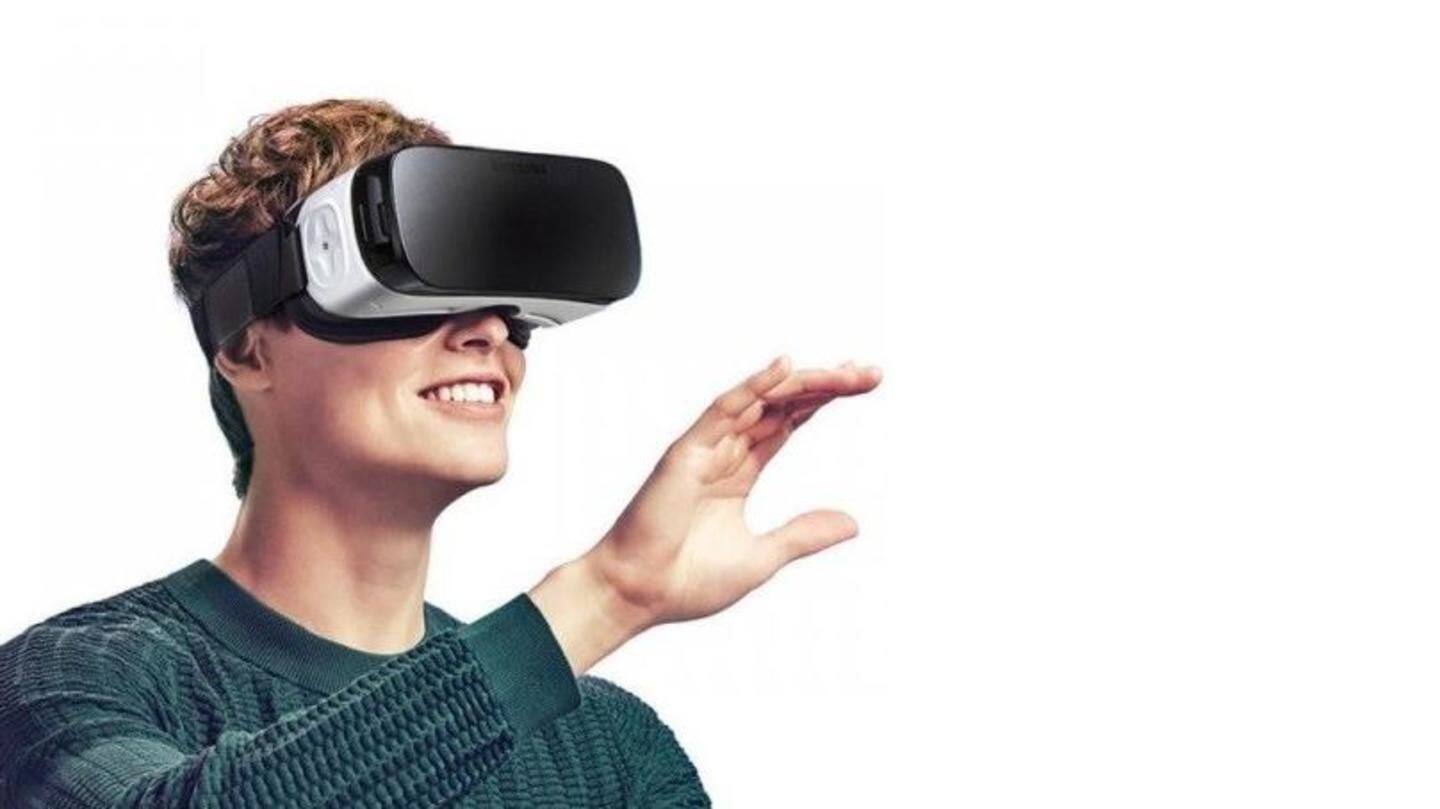
Could hand gestures be the passwords in future? Certainly yes
What's the story
Thanks to computer scientists from the Arizona State University, gesture-based passwords are one step closer to becoming a reality. Called FMCode, the system can track a person's finger (making a motion in the air) using a wearable sensor or camera and, using algorithms, can correctly identify users 94.3-96.7% of the time. What's more? FMCode doesn't require too much training. Here are the details.
Advantages
No biometrics or remembering passwords required anymore
FMCode was described in a paper by Arizona State University computer scientists Duo Lu and Dijiang Huang, in a bid to evade tricky privacy concerns surrounding biometric-based unlocking like fingerprints and facial recognition. Additionally, FMCode bypasses the problem of you having to remember a long string of characters for a traditional password. Notably, gesture passwords could be handy in a number of scenarios.
Challenges
Challenges faced in the development of FMCode
However, FMCode did face hurdles. Unlike passwords, hand/finger gestures made in the air aren't exactly the same each time, so FMCode had to be robust enough to correctly identify slightly different speeds and shapes, while being able to identify fraudulent attempts. To solve this issue, the scientists used a convolutional neural network (CNN) that didn't require FMCode to be trained hundreds of times.
Robustness
The scientists are working to make FMCode more robust
According to the researchers, FMCode, as of now, is pretty secure against most fraudulent guessing attempts, even when an attacker knows the gesture. But, the researchers are working to make FMCode even more robust, and are planning future work to study attacks when a gesture is recorded and replayed, in a bid to make FMCode secure against these types of attacks too.
Uses
It remains to be seen if people want gesture passwords
However, the question remains whether people will be interested in gesture passwords any time soon. While FMCode scored high on security, participants who tested the system said that ease-of-use and speed was lower than traditional methods. Yet, a gesture-based touch-less interface could be useful for AR and VR applications, and in situations like an operating room where minimizing touch is necessary for cleanliness.